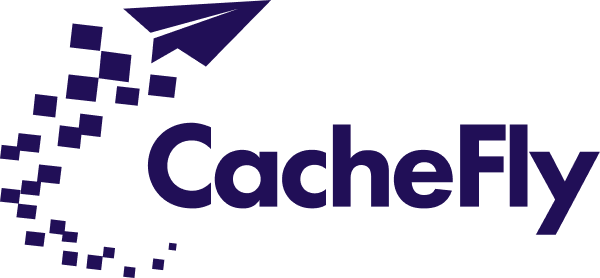

MIME Types and Overrides
MIME (Multipurpose Internet Mail Extensions) types identify objects on the Internet according to their nature and format.
Servers insert the MIME header at the beginning of any web transmission. When a browser retrieves an object, for example a file, from a server, it can read the Content-Type header value defined in the servers's HTTP response. The browser can then to apply the proper plugin or player to read the content.
Some players are already built into the web clients and browsers. For example, many browsers come with GIF and JPEG image players as well as the ability to handle HTML files. Other players may need to be downloaded.
MIME Override rules instruct the CDN to override the Content-Type header, thus changing how the web browser reacts to the object.

Configuring MIME Type Overrides
To override a MIME type for a given service, first navigate to that service (Configuration > Services > [SERVICE NAME]).
On the left of the screen, click on OPTIONS to expand the list of options available. Then click on DELIVERY to expand all of the features for CDN delivery.
Click on MIME Overrides in the list of DELIVERY options for the service or scroll down to display the MIME Overrides section.
In this section, click on + Add Rule to define a MIME type override. A popup window appears for you to enter your information.
For example, override MIME type html by MIME type text by entering html in the first field and text in the second field.
Click the Create New Rule button. The new rule is added to the Rules list in this section (this list appears when the first rule is created).
Scroll the graphics in this step horizontally to see all the screens.

Managing MIME Type Overrides
You can edit or delete each rule in a MIME Type Overrides list, using the pencil and Recycle Bin/trashcan icons displayed for that rule.
Scroll the graphics in this step horizontally to see all the screens.



